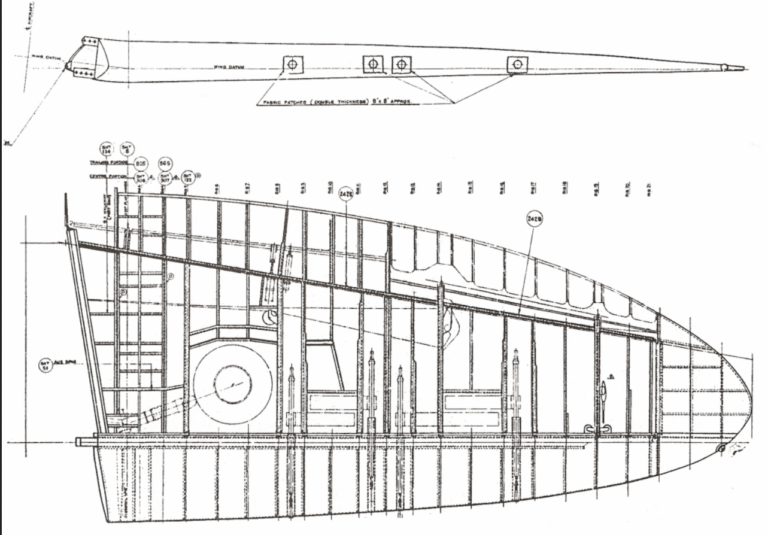
The Aerodynamics of the V-bombers – Part 4
Dr Steve Liddle CEng FRAeS, is a Vulcan to the Sky Trustee and Principal Aerodynamicist at Aston Martin Formula One Team. The articles here are
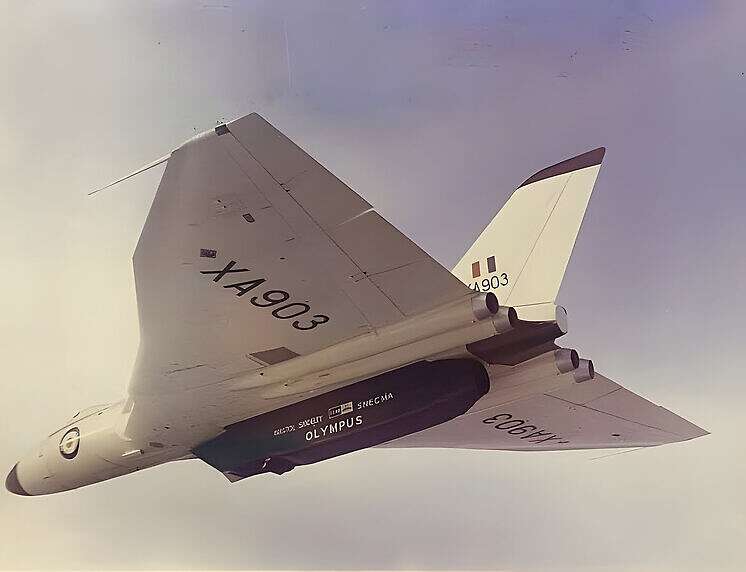
In the annals of aviation history, few aircraft have left a permanent mark like the Avro Lancaster and the Avro Vulcan. These legendary bombers, separated by a span of a little over a decade, represent significant milestones in the development of British aviation technology. The lineage between these two aircraft is characterised by an impressive evolution that witnessed the incorporation of groundbreaking advancements and engineering feats.
The journey from the Avro Lancaster, a hero of World War II, to the Avro Vulcan Bomber, an emblem of the Cold War era, was marked by a series of innovative designs and engineering breakthroughs that developed into a lot of the technology we see on modern passenger aircraft today. Here, we delve into the aircraft that emerged around these two titans of the sky, tracing the path of progress and the key improvements that ultimately led to the creation of the Vulcan Bomber and one of the most famous passenger jets of all time, the Concorde.
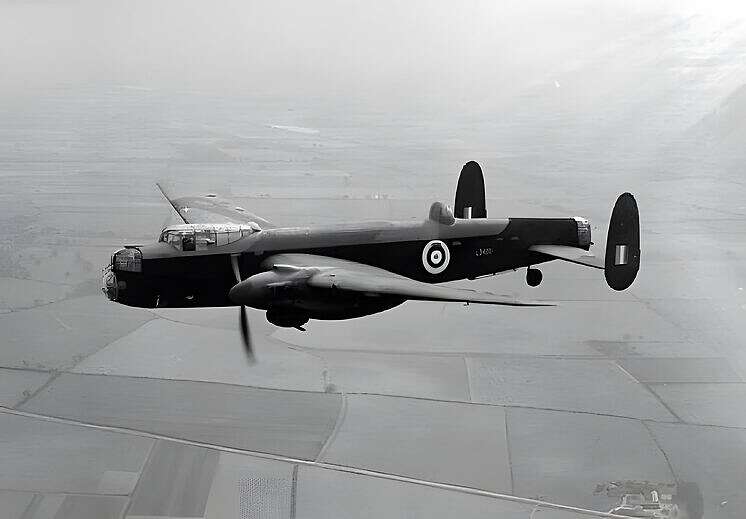
Before the legendary Avro Lancaster took to the skies, the Avro Manchester, laid the foundation for Avro’s successful bomber beginnings. Though the Manchester faced challenges with its engine reliability, it played a crucial role in advancing aircraft design and setting the stage for the incredible evolution that would follow.
While the Avro Manchester faced obstacles, it played a pivotal role in advancing aviation technology and the development of subsequent bombers. Its mid-war technological advancements paved the way for the Lancaster’s triumphs. Lessons learned from the Manchester’s engine troubles led to the adoption of the reliable Rolls-Royce Merlin engines, which became instrumental in the Lancaster’s success and the subsequent development of the Avro bomber bloodline.
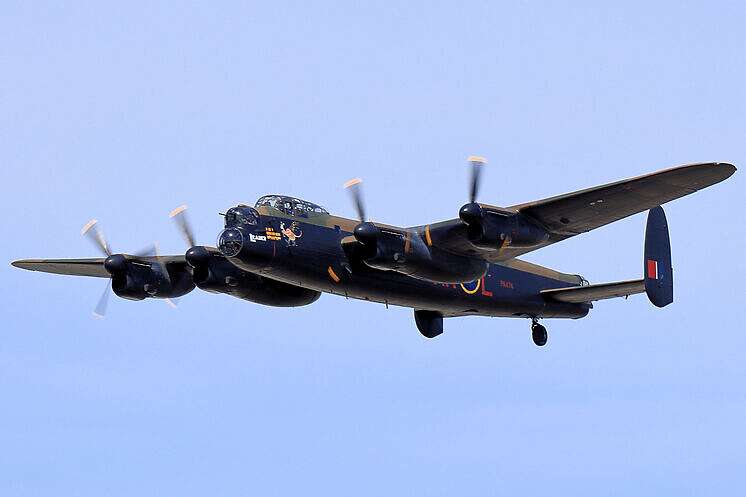
At the heart of the lineage leading up to the Avro Vulcan Bomber stands the iconic Avro Lancaster. Developed during World War II, the Lancaster emerged as one of the most successful and widely recognised bombers of the era. Its design and capabilities built upon the lessons learned from the Avro Manchester, and laid the foundation for the advancements that would follow.
The Lancaster was an evolution of the earlier Avro Manchester bomber, which faced challenges with its unreliable engines. Avro redesigned the aircraft, replacing the Manchester’s problematic powerplants with the reliable Rolls-Royce Merlin engines, resulting in the birth of the Lancaster.
The Avro Lancaster’s legacy extended beyond its impressive technical specifications. It became a symbol of British resilience and determination during World War II. Its crews carried out daring and heroic missions, including the famous “Dambusters” raid, showcasing the aircraft’s adaptability and operational prowess.
The experience gained from operating the Lancaster, as well as the lessons learned from the Avro Manchester, proved invaluable for subsequent aircraft designs. The Manchester’s challenges led to the redesign that resulted in the Lancaster’s success. The Lancaster’s range, payload capacity, and survive-ability influenced the development of future Avro bombers, such as the Avro Lincoln.
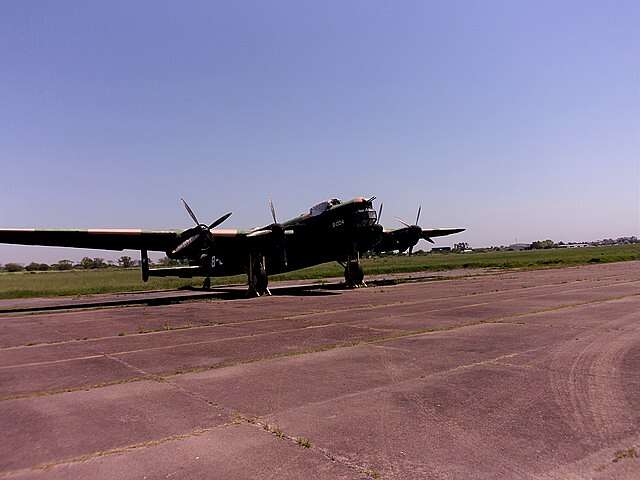
As the successor to the Avro Lancaster, the Avro Lincoln represented a significant step forward in the evolution of Avro bombers. Developed in the immediate post-World War II era, the Lincoln retained the Lancaster’s robust and reliable design while incorporating several key improvements that pushed the boundaries of long-range heavy bombers.
The Avro Lincoln was one of the aircraft that bridged the gap between the Lancaster and the Vulcan, playing a crucial role in the evolution of Avro’s bomber sucess. Its extended fuselage and increased payload capacity addressed the need for a more capable strategic bomber, while the more powerful engines improved its performance and operational range.
The incorporation of pressurisation and advanced avionics in the Lincoln set the stage for subsequent advancements in aircraft design, as these features would become critical in the development of future bombers. The operational experience and lessons learned from the Lincoln’s service also contributed to the knowledge base that informed future aircraft designs and operational tactics.
While the Avro Lincoln was ultimately superseded by newer bomber designs, its impact on the evolution of Avro bombers cannot be understated. It served as an essential stepping stone, pushing the boundaries of range, payload capacity, engine performance, and avionics, setting the stage for the advancements that would lead to the creation of the Avro Shackleton
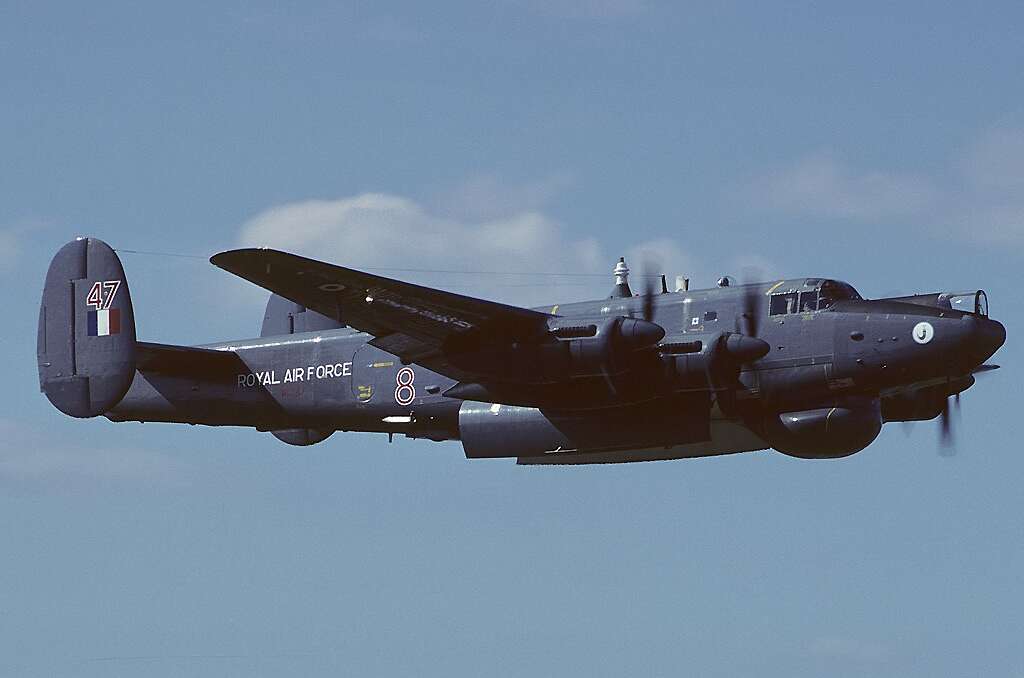
Continuing the legacy of Avro’s bomber, the Avro Shackleton emerged as a memorable aircraft that pushed the boundaries of surveillance and long-endurance capabilities. Designed as a maritime patrol aircraft, the Shackleton built upon the foundation laid by the Avro Lancaster and Lincoln, introducing key advancements that would ultimately contribute to the development of the Avro Vulcan Bomber.
The Avro Shackleton played a pivotal role in maritime surveillance and anti-submarine operations during the Cold War era. Its advanced radar and surveillance systems, combined with its extended endurance capabilities, made it a formidable platform for protecting sea routes and guarding against potential threats.
While not directly leading to the Avro Vulcan Bomber in terms of design, the Shackleton’s advancements in surveillance, endurance, and crew accommodations had a broader influence on the evolution of Avro’s aircraft development. The knowledge gained from operating the Shackleton and the lessons learned in long-duration missions and advanced avionics contributed to the overall knowledge base that informed subsequent aircraft designs, including the Vulcan.
The Avro Shackleton represented a significant leap forward in the domain of maritime surveillance and long-endurance operations. Its advanced radar systems, extended endurance capabilities, and adaptability laid the groundwork for future developments in strategic bombers, further solidifying Avro’s reputation as a pioneer in aviation technology.
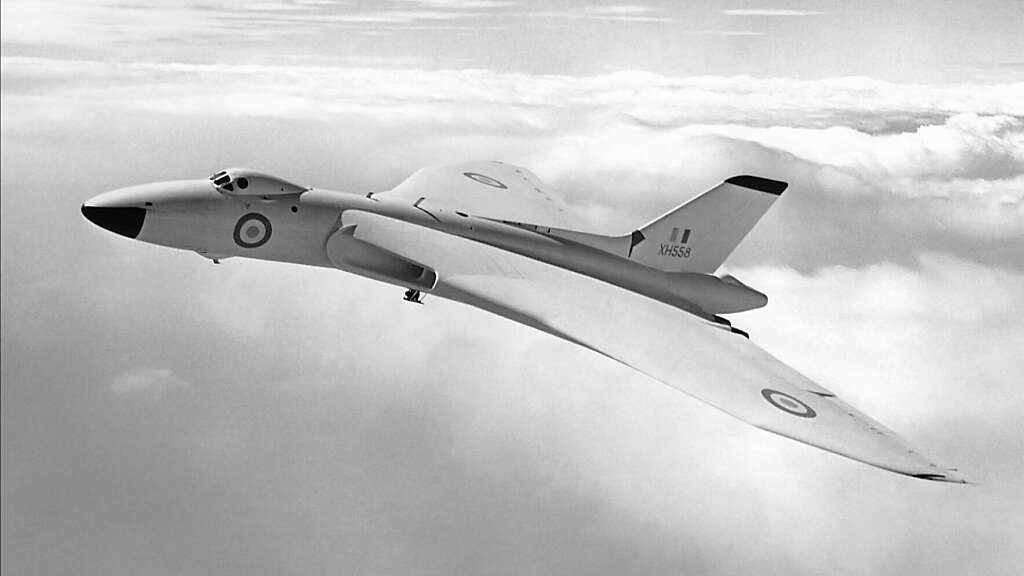
At the pinnacle of the Avro bomber’s stands the iconic Avro Vulcan. Born out of the evolving demands of the Cold War, the Vulcan represented a massive leap in technology and design, incorporating advancements from prior aircrats, such as the Lancaster, Lincoln, and Shackleton, while introducing revolutionary features that solidified its place in aviation history.
The Avro Vulcan represented the pinnacle of Avro’s strategic bombers, combining advanced aerodynamics, cutting-edge avionics, and the ability to deliver devastating payloads to distant targets. Its distinctive delta wing design, nuclear deterrence capability, high-altitude performance, and advanced systems set new standards for strategic bombers during the Cold War era.
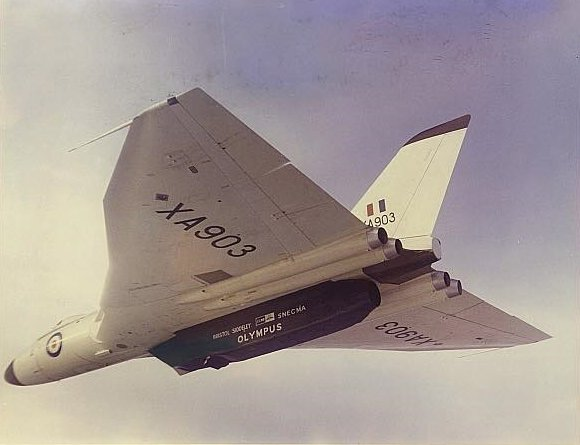
The Vulcan’s legacy extended beyond its technical specifications. It became an iconic symbol of British aerospace engineering and played a significant role in shaping the geopolitical landscape of the time. The Vulcan’s operational success and technological advancements influenced subsequent bomber designs and helped pave the way for future strategic bombers. One Vulcan, XA903 also became an engine test-bed at Filton for the Rolls-Royce/Snecma Olympus 593 engine that was to power Concorde, and then for the Turbo-Union RB199 for the Panavia Tornado (ironically the aircraft destined to be the Vulcan’s replacement)
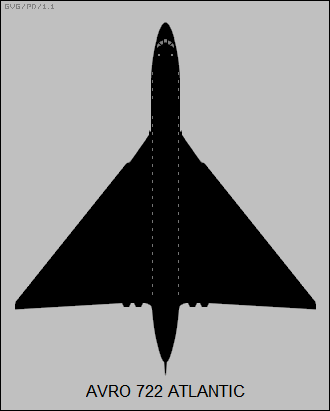
In the early 1950s, the Avro aircraft company embarked on an ambitious project known as the Avro Atlantic, which aimed to create a supersonic transatlantic passenger aircraft. The Avro Atlantic was envisioned as a sleek, delta-winged aircraft with the capability to fly at supersonic speeds, revolutionising the world of commercial aviation. While the project never came to fruition, its legacy left an indelible mark on aviation history.
The Avro Atlantic design called for four Rolls-Royce Olympus engines, which were the same engines later utilised in the Vulcan MK II. These engines were cutting-edge in their power and performance, and their integration into the Atlantic design showcased the potential for supersonic passenger travel.
Unfortunately, despite significant progress in design and engineering, the Avro Atlantic project was eventually cancelled in the early 1960s due to a variety of factors, including budgetary constraints and changes in the aviation landscape. However, the knowledge gained during the Atlantic’s development and the use of the advanced Rolls-Royce Olympus engines paved the way for a collaboration that would shape the future of supersonic air travel—the Concorde.
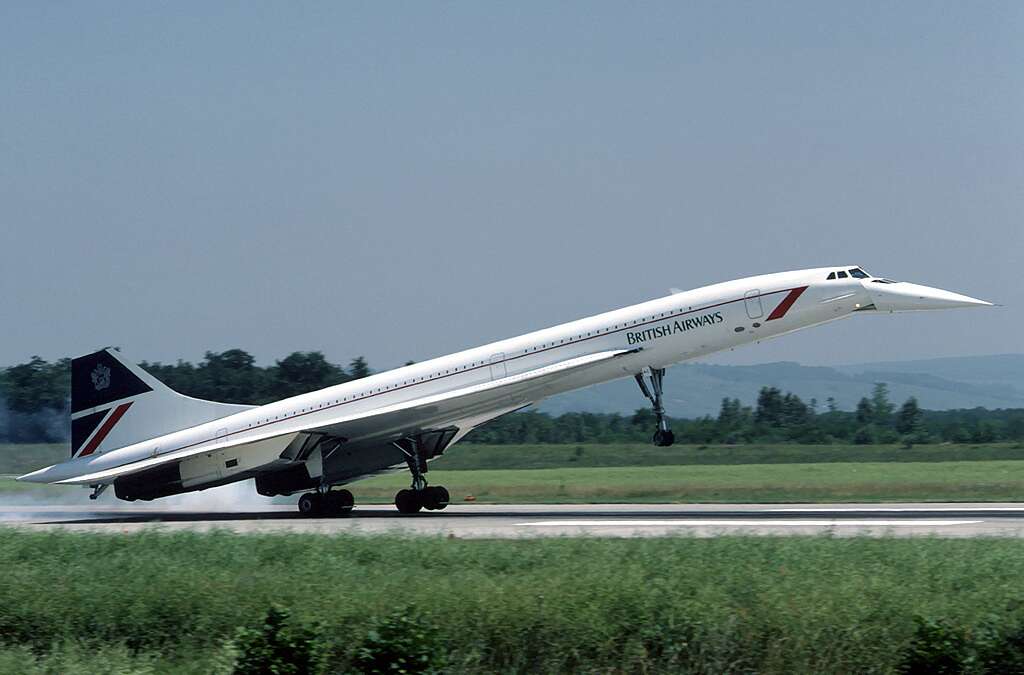
In the late 1960s, British and French aircraft manufacturers joined forces to develop the Concorde, a supersonic passenger aircraft that would bring the dream of faster-than-sound commercial flights to life. Notably, the Concorde borrowed heavily from the Avro Atlantic’s design concepts, particularly in terms of its delta-wing configuration and the use of the Rolls-Royce Olympus engines.
The same engines that were initially intended for the Avro Atlantic found a new home in the Concorde, propelling it to breathtaking speeds of up to Mach 2.04. The Concorde became an aviation marvel, offering a luxurious and unparalleled travel experience for its passengers. It represented a triumph of engineering and a testament to the enduring vision that was first glimpsed in the Avro Atlantic project.
The cancellation of the Avro Atlantic may have dashed immediate hopes for supersonic passenger travel, but its influence was far from forgotten. The development and subsequent success of the Concorde showcased the potential of supersonic flight and left an indelible legacy in the history of aviation. The Avro Atlantic’s vision and the technological advancements made during its conception served as a crucial stepping stone toward the realisation of supersonic air travel, demonstrating the profound impact that even unrealised projects can have on shaping the future.
The line of descent of Avro Bombers, from the Avro Manchester to the Avro Vulcan, leads to the revolutionary Concorde and showcases a remarkable journey of technological advancement and innovation. These aircraft, each building upon the successes and lessons of its predecessors, played a vital role in shaping the future of aviation and significantly advancing regular travel.
From the Avro Manchester to the Avro Lancaster’s iconic status as a World War II workhorse, each aircraft in the Avro lineup contributed to the refinement of aerodynamics, engine performance, and operational capabilities. The Avro Lincoln extended the range and payload capacity, while the Avro Shackleton enhanced surveillance capabilities and endurance. Finally, the Avro Vulcan introduced groundbreaking features such as the delta wing design, nuclear deterrence capability, and advanced avionics systems.
This evolutionary process resulted in the Concorde, a marvel of engineering that transcended conventional travel limitations. Although not directly descended from the Avro bomber, the Concorde drew upon critical advancements made by Avro, including engine technologies utilised in the Vulcan bomber. The Concorde’s supersonic speed and sleek design revolutionised air travel, offering unprecedented levels of speed and luxury.
The introduction of high-performance engines, pressurised cabins, and advanced navigation systems, laid the foundation for modern commercial airliners. The knowledge gained from operating these bombers, combined with technological advancements, facilitated the growth of the aviation industry and transformed regular travel into a more accessible, efficient, and comfortable experience.

Dr Steve Liddle CEng FRAeS, is a Vulcan to the Sky Trustee and Principal Aerodynamicist at Aston Martin Formula One Team. The articles here are

When Sam Scrimshaw visited Waddington Airshow in 2013 little did he know that one of the aircraft on display would catch his attention in a
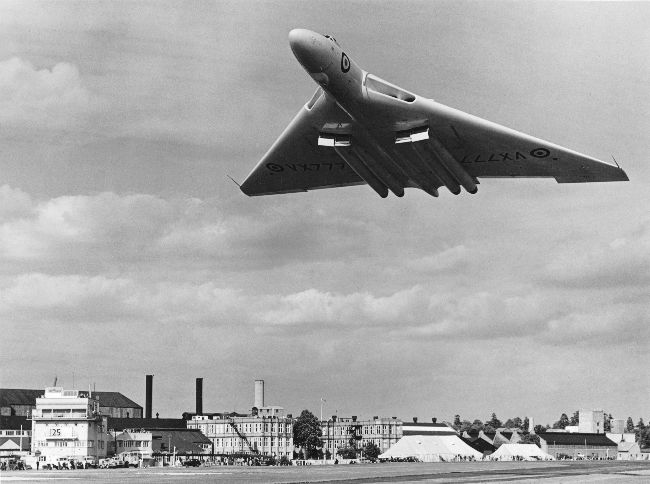
Mr. Alan Ainsworth, was on the Flight Test and development Team of AV Roe – read on for an interesting account of the early days,
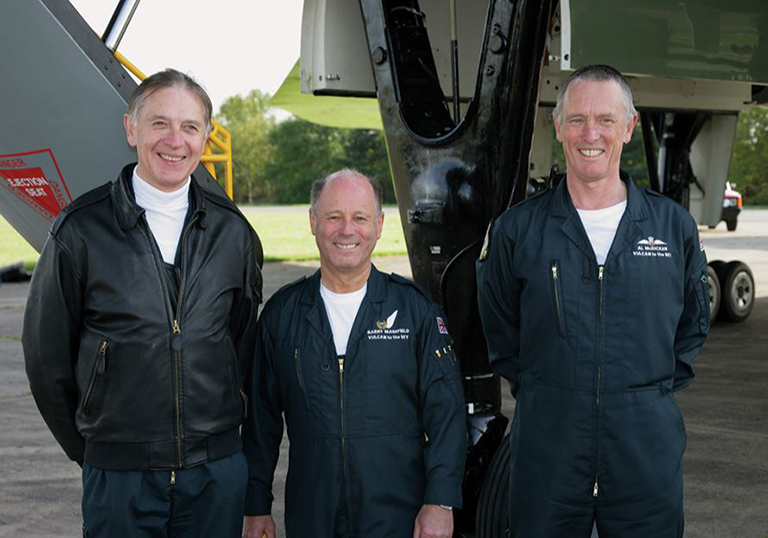
Barry Masefield was the Air Electronics Officer (AEO) for Vulcan XH558 and had flown in this iconic aircraft for over 30 years, also being a key